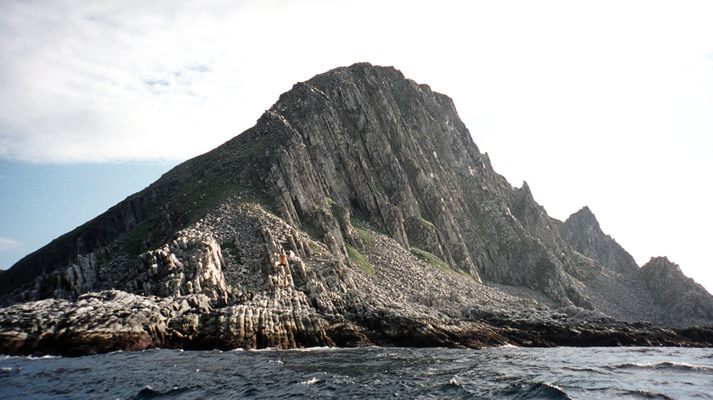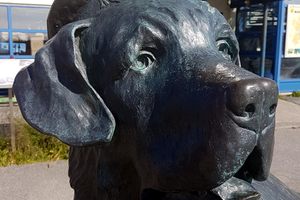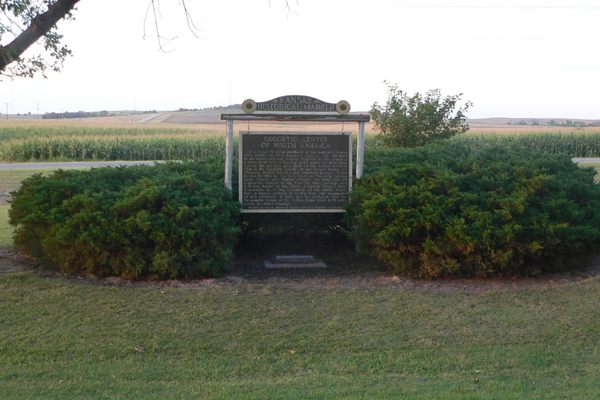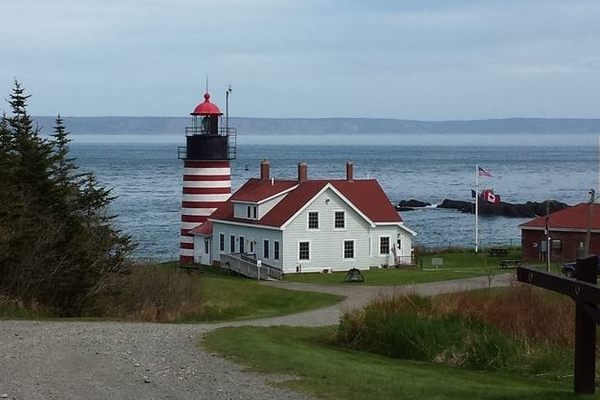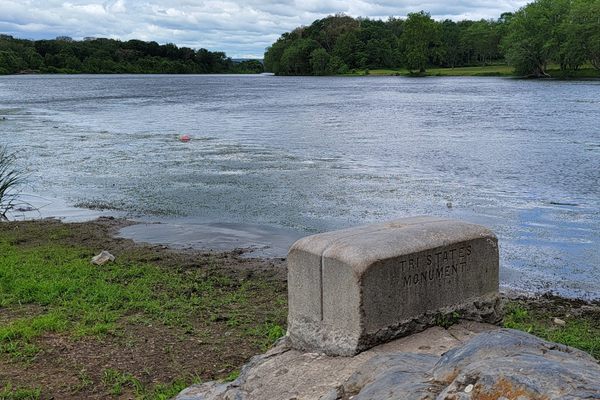About
Deep into the Arctic Circle at a latitude of 71°8’2” north, Kinnarodden is the northernmost point of mainland Europe. Unlike the nearby and more celebrated Nordkapp (North Cape) on the island of Magerøya, no car park, famous monument, or expensive café awaits at Kinnarodden. Instead, after a demanding one- to two-day hike across rock fields and scree slopes, you arrive at the northern tip of the European continent, the same latitude as northern Alaska and Siberia, where you are rewarded with a landscape formed by ice and wind.
One of the first records of Kinnarodden comes from the 9th-century Viking chieftain Ohthere (Ottar), who wanted to discover if "any man lived further north than the wilderness" and chronicled that he had sailed as far north as the land had stretched before it then turned southwards to the east into the White Sea and Kola Peninsula in modern-day Russia. Ohthere referred to the route he took as Norðweg, or Northern Way, and this is likely the origin of the name Norway.
At one point, this remote peninsula was inhabited and used as a commercial fishing center. Today it is a conservation area inhabited by grouse, eagles, and domestic reindeer herded north for grazing in the summer months by the Sámi people.
Due to its high latitude, during summer Cape Nordkinn has long cool summers without sunsets or sunrises. If the conditions are right, sun and moon pillars can sometimes be seen—vertical columns of light that appear to extend above and below the sun or moon, caused by light refracting off the surfaces of ice crystals falling from high-level clouds. The orientation of the ice crystals is crucial for the formation of these pillars, as they need to be aligned horizontally to create the effect.
Related Tags
Know Before You Go
In good conditions, the 23 km (14.3 miles) hike from Mehamn takes 10-12 hours (one-way) and normally requires an overnight stop. The trail is marked with painted direction arrows, but as of 2022 these waymarks were weathered and not always easy to see. An information board at the trail head states: "this is a harsh trail suitable for experienced hikers.
Relatively flat but with long stretches of rocky terrain and occasional loose stones". This quite possibly undersells the difficulty, especially as it is not unusual to have dense fog in the area when the waymarks simply become invisible. There is only partial cell phone coverage (GSM) on the peninsula.
Take the usual precautions for wilderness hiking: have suitable clothing, GPS, get local advice, establish back up plans and tell someone where you are going and when you will get back. If the overland route is not for you, it is also possible to visit by a boat excursion from Mehamn.
Published
July 3, 2024
